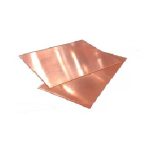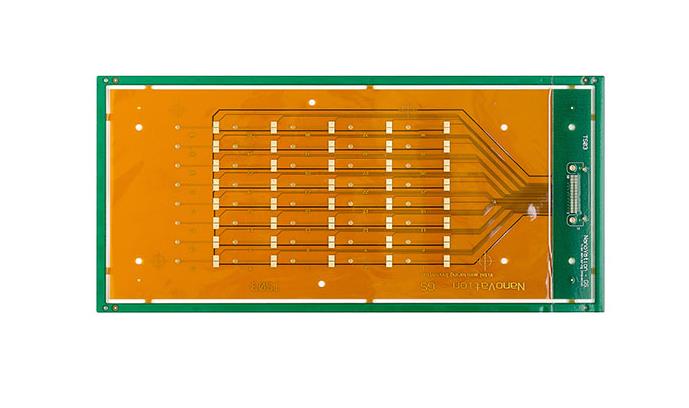PTFE, Polytetrafluoroethylene, commonly known as Plastic King, is a polymer made by polymerizing tetrafluoroethylene as a monomer. It is white waxy, semi-transparent, excellent in heat and cold resistance, and can be used at -180~260oC for a long time. It can be used at -180~260oC for a long time. This material is almost insoluble in all solvents. White, odorless, tasteless, non-toxic powder.
Features of PTFE:
1. Performance: PTFE has a series of excellent performances in use: high-temperature resistance – long-term use of 200 ~ 260 degrees, low-temperature resistance – still soft at -100 degrees; corrosion resistance – can be Resistant to aqua regia and all organic solvents.
2. Heat resistance: -200 degrees ~ +250 degrees.
3. Application: PTFE material as a representative of low-loss PCB material, has been in the military and civilian communications field and has more than ten years of practical application experience, but to the application scenarios and its processing constraints, the traditional PTFE material has been used in the military and civilian communications field for more than ten years. However, constrained by the application scenarios and its processability, the traditional PTFE PCB is mostly used in single and double-sided panels in the application of passive products, such as base station antenna feeder networks.
Based on the above characteristics, PCBs made with PTFE materials have excellent dielectric properties (low dielectric constant and low dielectric loss), good chemical stability, and thermal stability. Currently, Nowadays, polytetrafluoroethylene (PTFE) material is widely used in high-frequency PCB manufacturing, also known as Teflon, whose frequency is usually higher than 5GHz.
Teflon PCBs are higher in price than ordinary FR-4 PCBs, but their DK, DF, water absorption and frequency characteristics are the best. Teflon PCB substrates are often chosen when product applications require frequencies higher than 10GHz. Teflon PCB substrate. To improve the rigidity and heat resistance of PTFE, a large amount of SiO2 or glass fiber as filler material. On the other hand, due to the molecular inertia of PTFE material not easily bond with copper foil, special surface treatment on the combination side is required. Regarding the combination surface treatment, chemical etching or plasma etching is usually used on the PTFE surface to surface roughness or add a bonding film between PTFE and copper foil, but these may affect the dielectric properties.
Contact opcba.com to get to know more about PTFE PCB.





